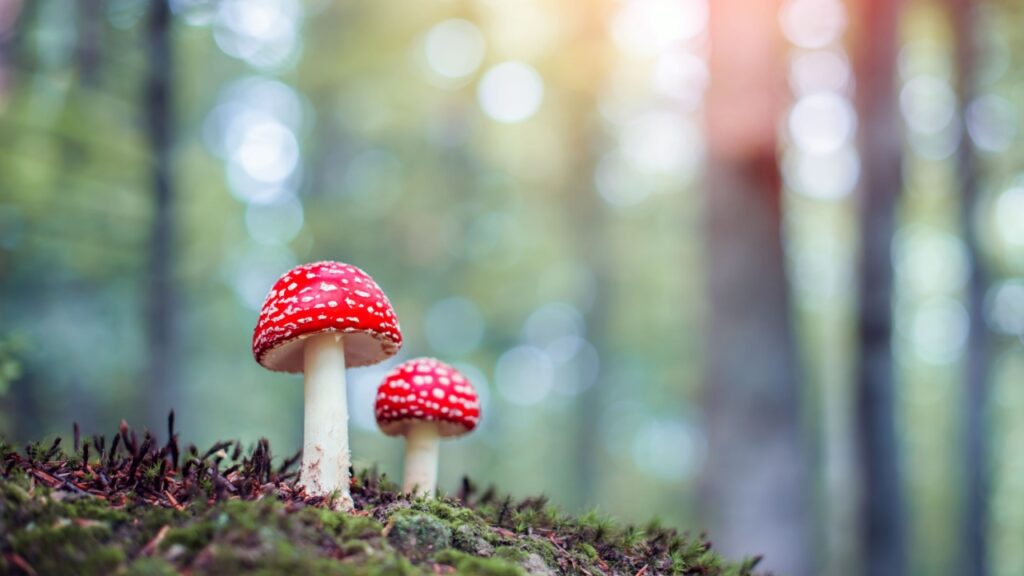When exploring the beautiful countryside of the UK, it’s important to know about the toxic mushrooms that can be found there. Mushrooms come in many shapes and sizes, and while some can be delicious, others can be deadly.
Understanding which mushrooms are toxic can help you stay safe while enjoying nature. This article will guide you through 12 toxic mushrooms commonly found in the UK, allowing you to recognize and avoid them during your outdoor adventures. Knowledge about toxic mushrooms can make your time in nature more enjoyable and secure.
1. Amanita phalloides (Death Cap)
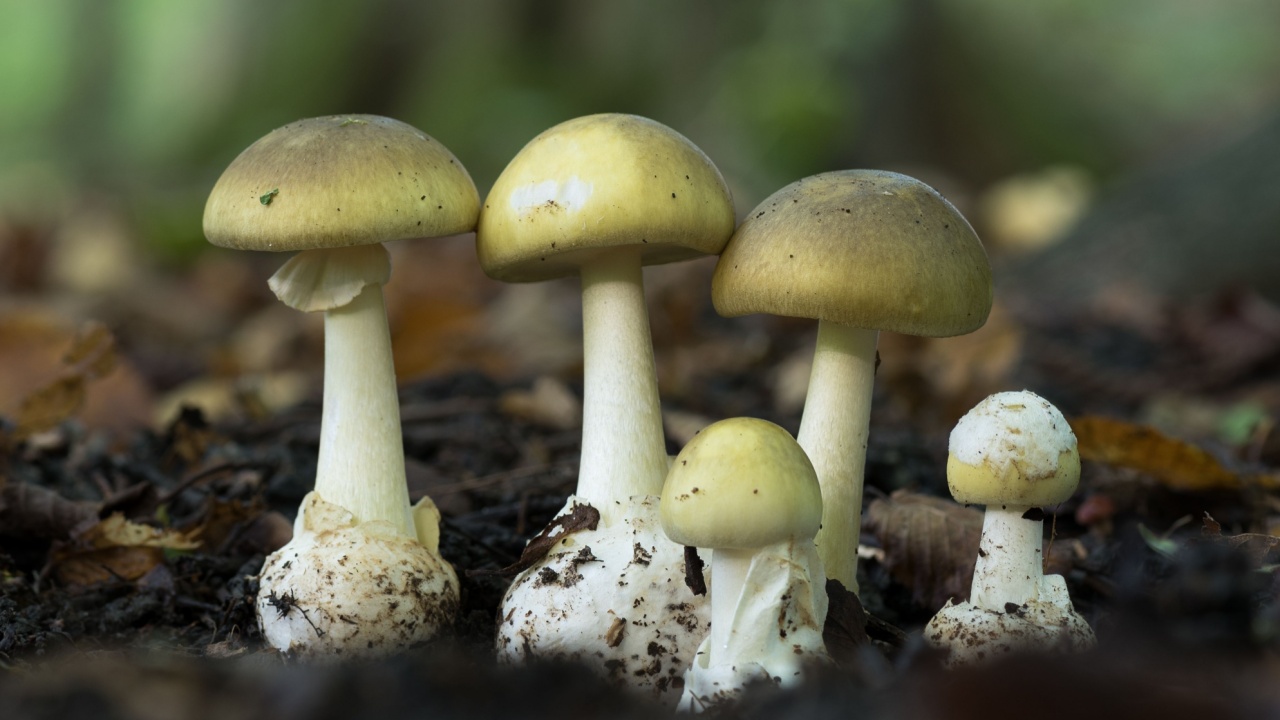
Amanita phalloides, commonly known as the Death Cap, is one of the deadliest mushrooms in the world. It is mainly found in Europe but has spread to other parts of the globe.
The Death Cap has a white cap with tints of green or yellow. This can sometimes make it hard to identify. The mushroom can easily be mistaken for edible varieties.
If you consume even a small piece, you might suffer serious liver and kidney damage. You could also experience nausea, vomiting, and diarrhea that can start six to 24 hours after eating the mushroom. For this reason, it is important to avoid foraging mushrooms unless you are an expert.
2. Amanita virosa (Destroying Angel)
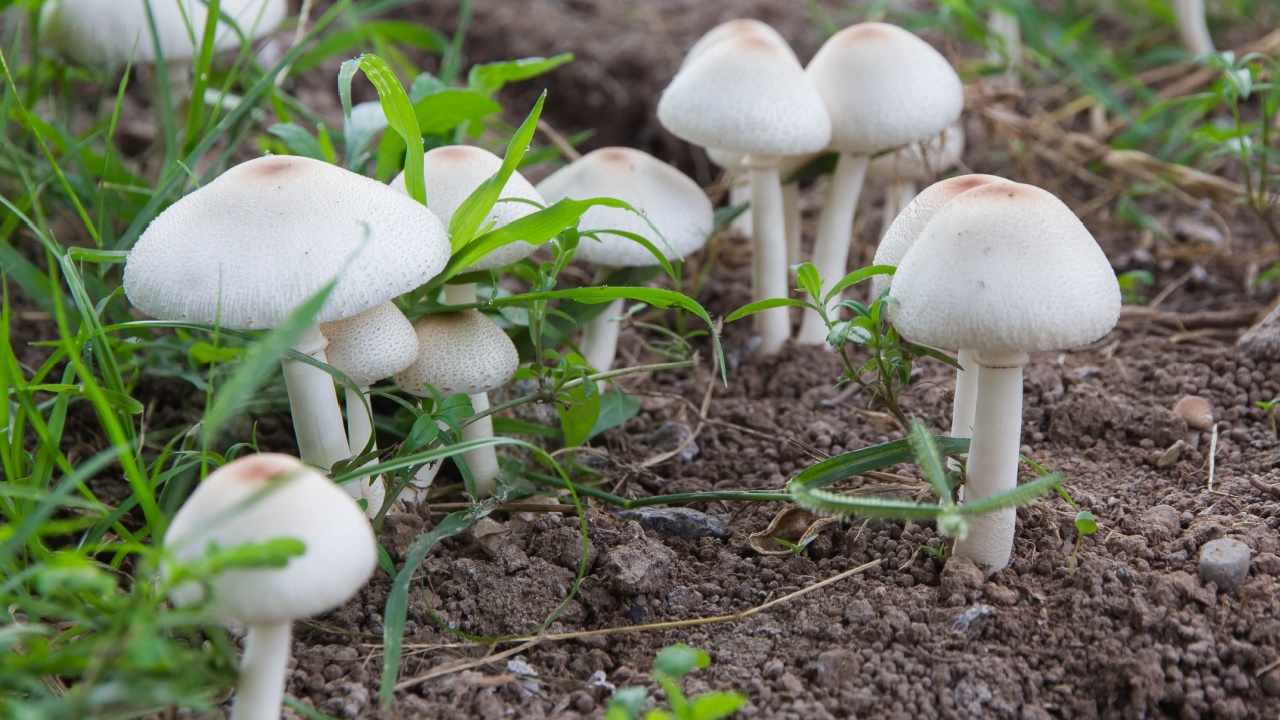
Amanita virosa, known as the Destroying Angel, is one of the deadliest mushrooms. This mushroom is all white and grows in mixed woods and near trees.
It has a cap that starts off egg-shaped and becomes bell-shaped or flat as it matures. The stalk is long with a ring and a volva at the base.
If you eat this mushroom, the toxins can cause severe poisoning. It affects the liver and kidneys and can be fatal.
3. Galerina marginata (Funeral Bell)
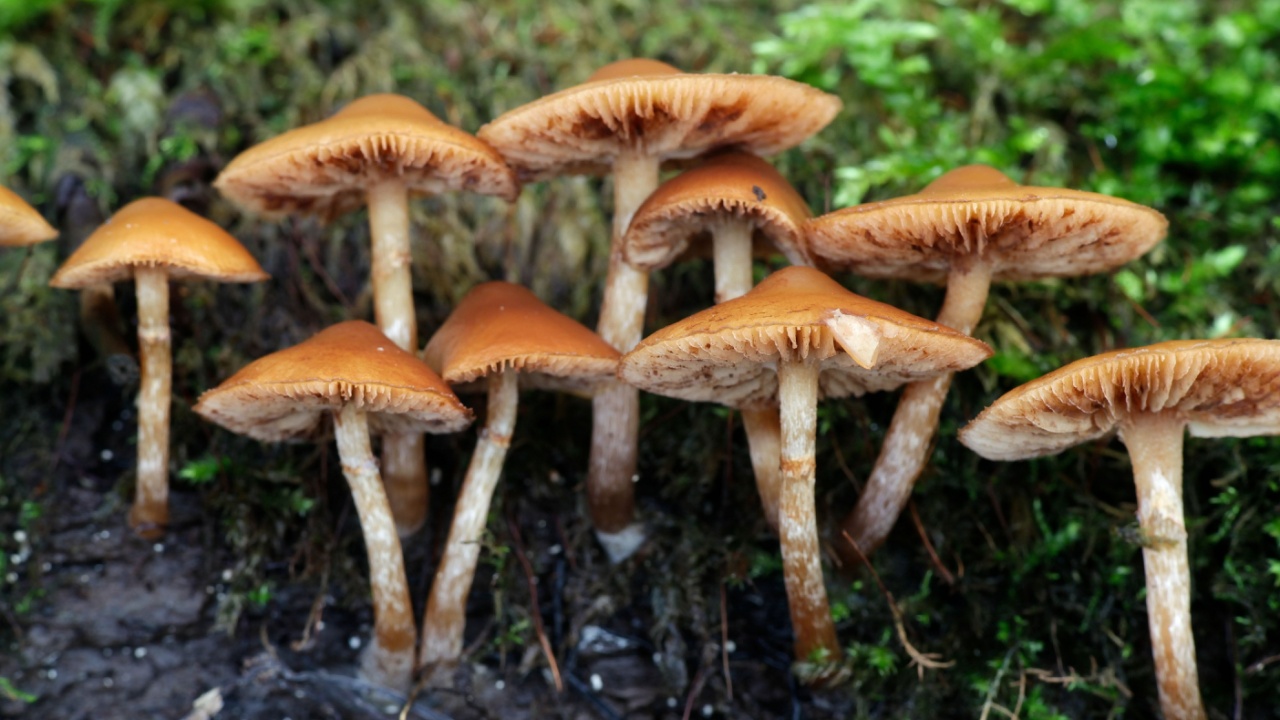
Galerina marginata, also known as the Funeral Bell, is an extremely poisonous mushroom. It grows on decaying wood, especially near conifers and hardwood trees. The toxins in this mushroom are very dangerous.
The main toxic compounds are amatoxins. These toxins can cause severe liver damage if ingested. You might find this mushroom in the UK, especially during autumn.
Its appearance can be deceiving. It has a brown to tawny cap that looks quite ordinary.
4. Cortinarius rubellus (Deadly Webcap)
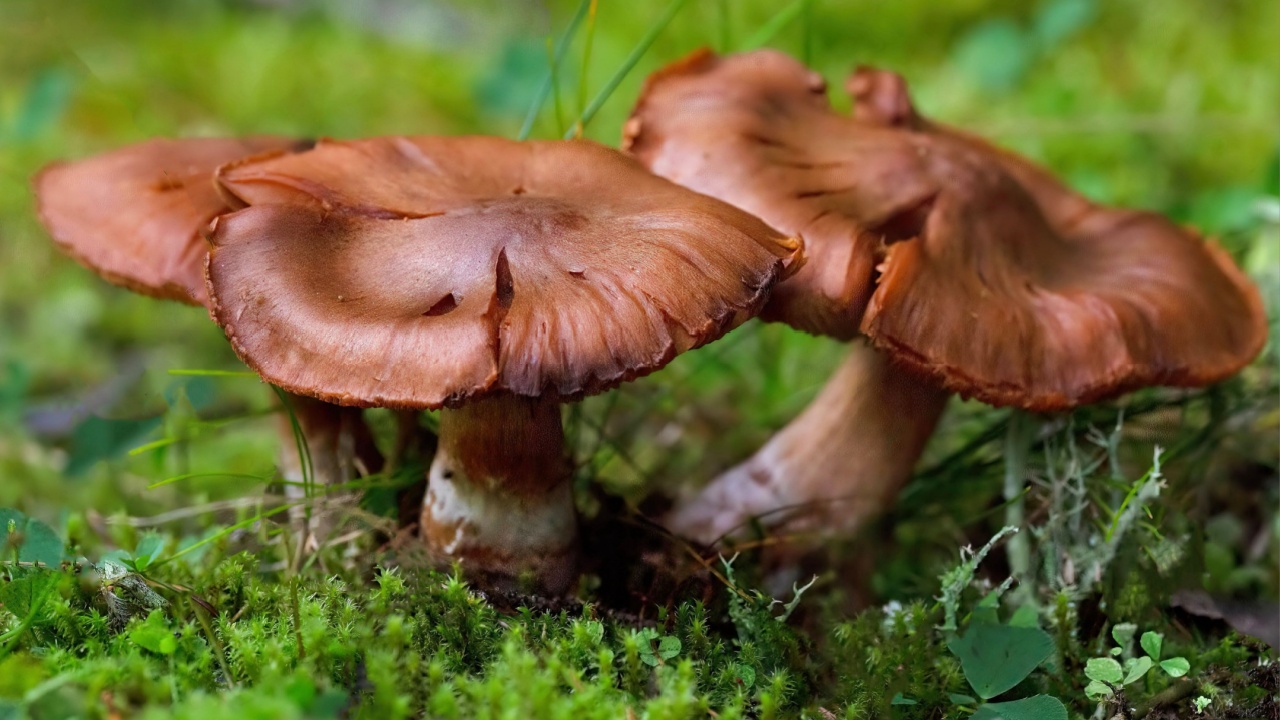
Cortinarius rubellus, also known as the Deadly Webcap, is a highly toxic mushroom. It’s mainly found in coniferous woodlands from late summer to early winter.
This mushroom has a distinctive orange-brown cap and a “snake-skin” pattern on its stem. Consuming it can lead to severe kidney failure.
The Deadly Webcap is fairly rare, primarily occurring in northern Europe and parts of North America. Be very cautious if you encounter it.
5. Cortinarius orellanus (Fool’s Webcap)
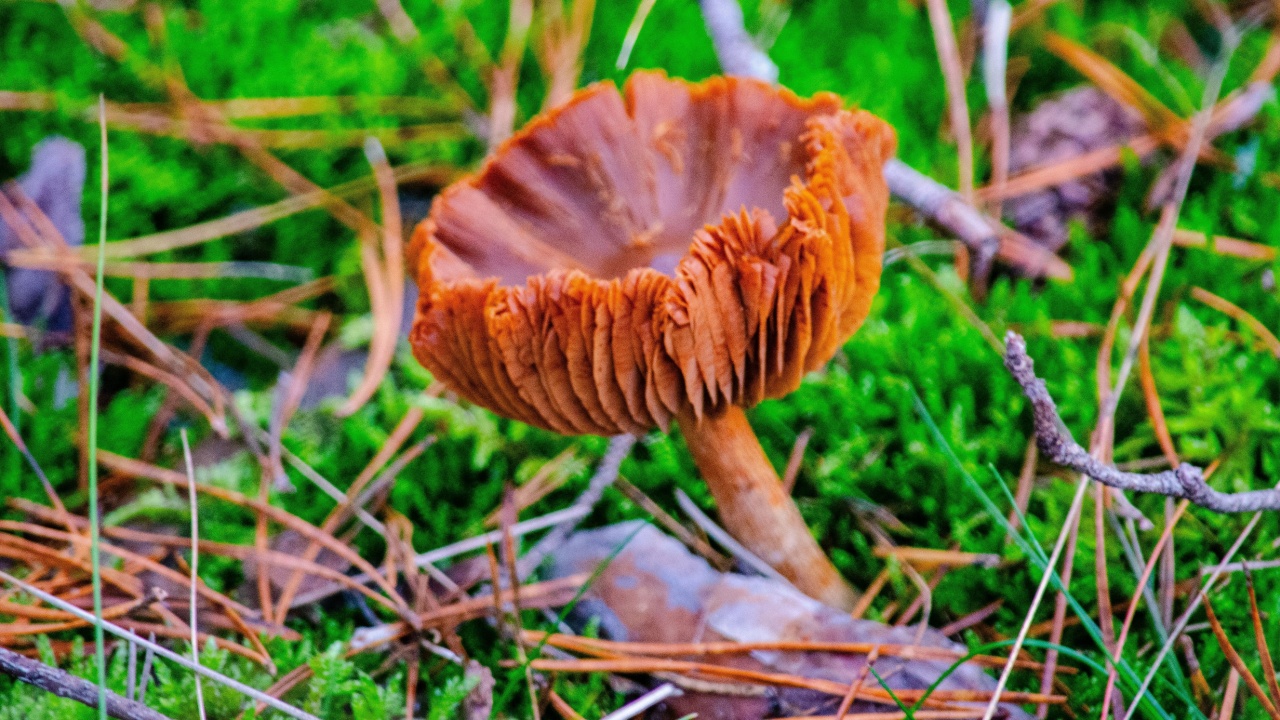
Cortinarius orellanus, also known as Fool’s Webcap, is a highly toxic mushroom found in Europe. This species is especially dangerous because consuming it leads to irreversible kidney failure. It contains a toxin called orellanine.
The mushroom has a tan to brown color. Its cap is initially convex but flattens as it ages. You can often find Fool’s Webcap in forests during late summer to early winter, typically near broad-leaf trees.
6. Amanita muscaria (Fly Agaric)
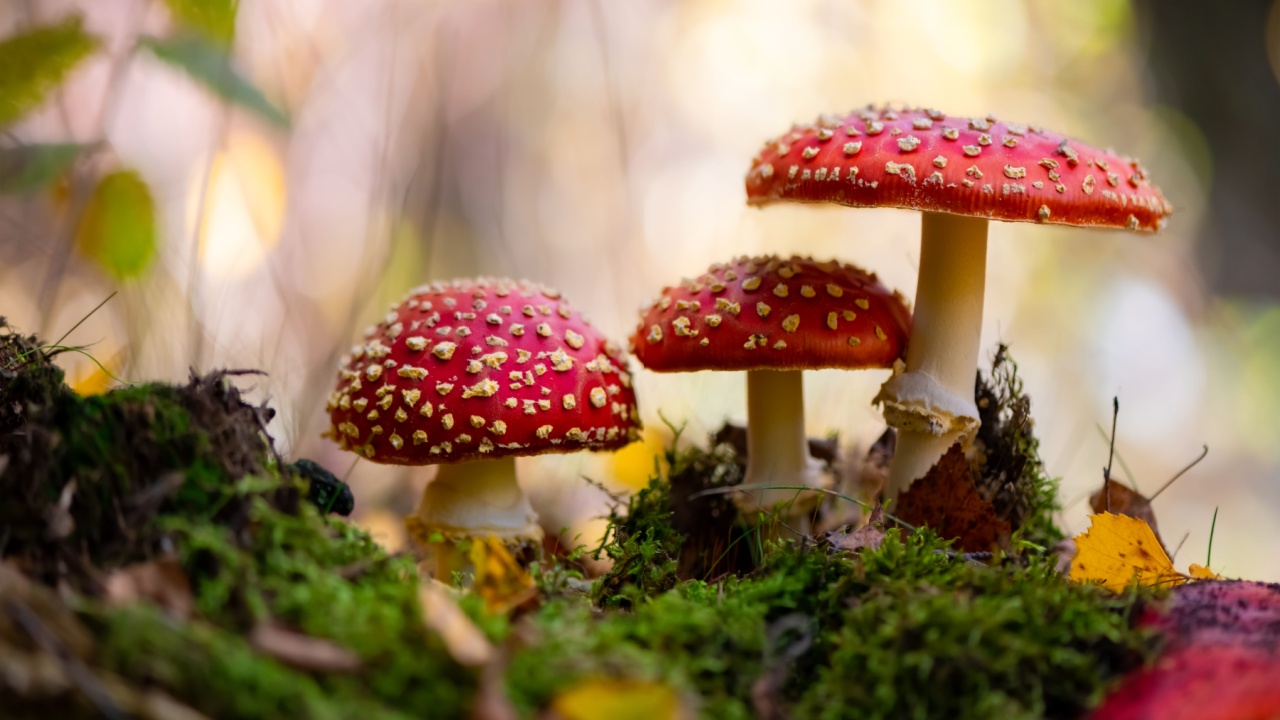
Amanita muscaria, known as the fly agaric, is famous for its bright red cap with white spots. You may recognize it from fairy tales, but this mushroom is highly toxic. It grows in woodlands and forests throughout the UK.
Fly agaric contains chemicals that can affect your central nervous system. Eating it can cause symptoms like confusion, hallucinations, and even coma. In rare cases, it can be fatal.
It’s important to avoid ingesting this mushroom. Always stick to experienced foragers when mushroom hunting to keep yourself safe. If you see Amanita muscaria in the wild, take a moment to appreciate its beauty but leave it alone.
7. Entoloma sinuatum (Poisonous Entoloma)
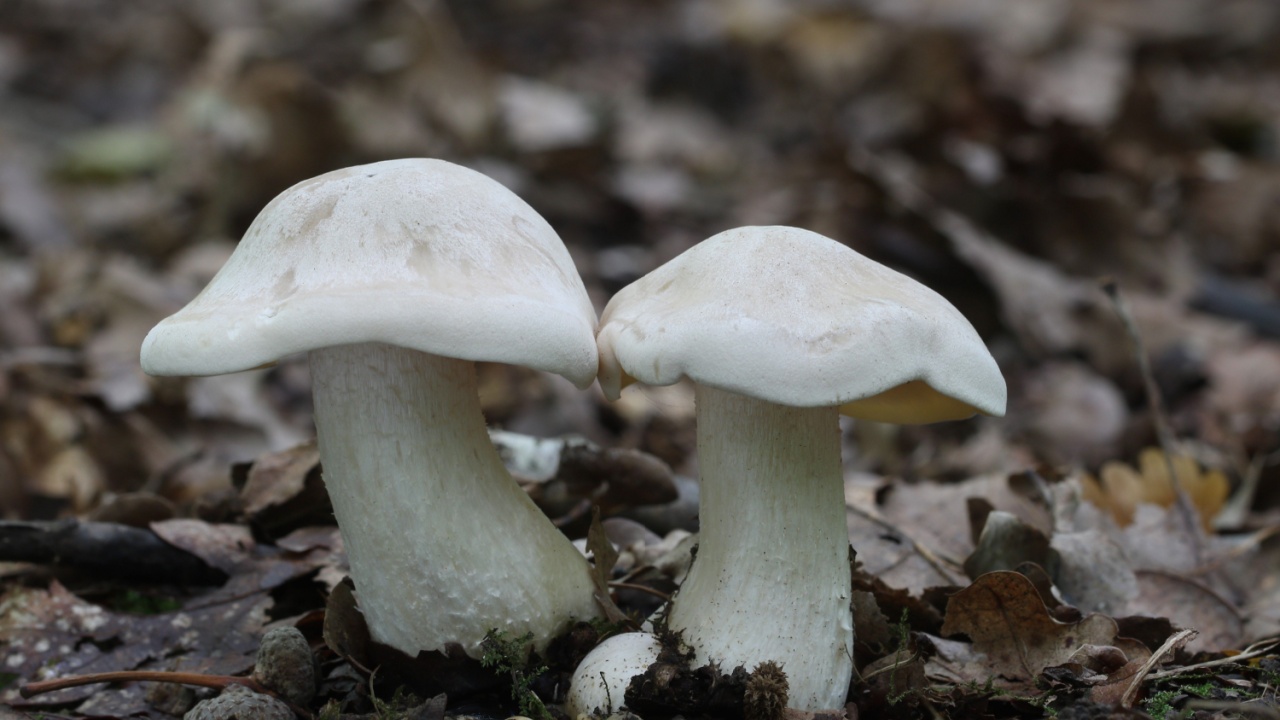
Entoloma sinuatum, also known as the Poisonous Entoloma, is a dangerous mushroom found in the UK. It grows in woods and grassy areas.
This mushroom is often mistaken for edible types, which makes it even more hazardous. It has a pale yellow cap and pinkish gills.
Consuming this mushroom can cause severe stomach pain, nausea, and vomiting. If you come across this mushroom, it’s best to leave it alone.
8. Gyromitra esculenta (False Morel)
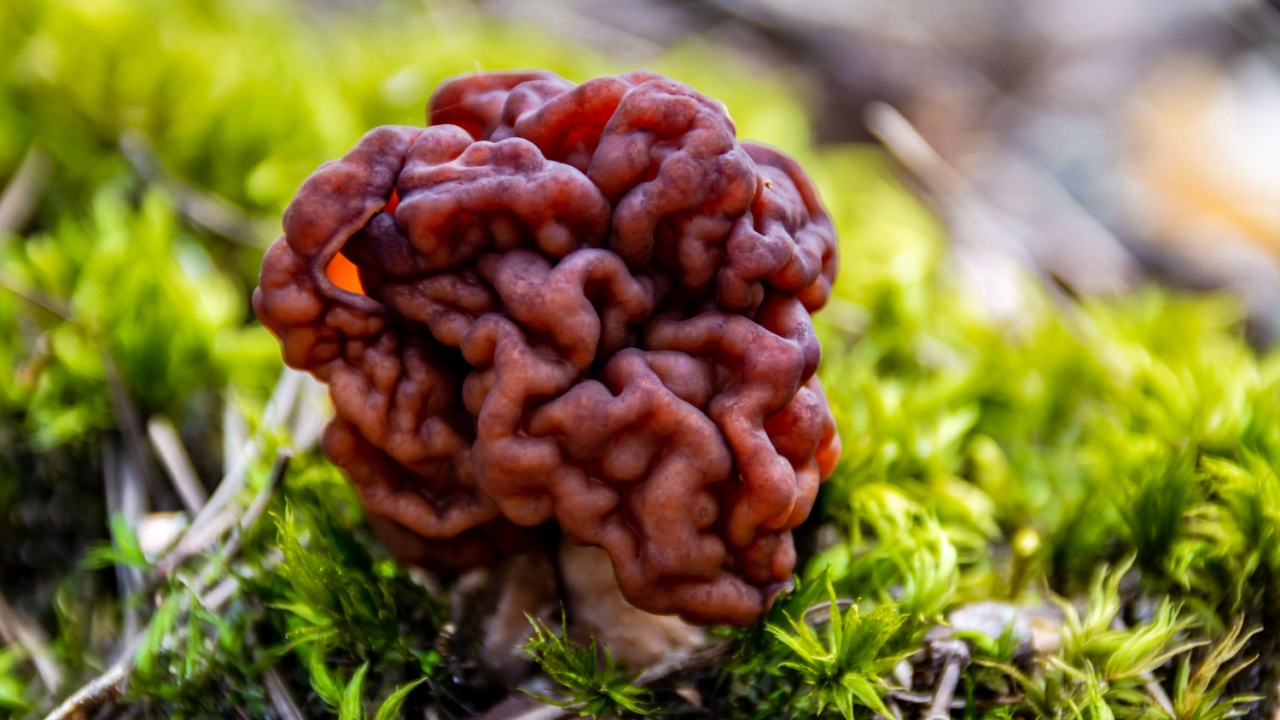
Gyromitra esculenta, also known as the false morel, is a mushroom that can be very confusing for foragers. It can look like a true morel, a mushroom that’s prized for its taste.
The false morel contains a toxin called gyromitrin, which can cause serious poisoning. If eaten, it can cause vomiting, dizziness, and diarrhea. In severe cases, it can lead to death.
In some cultures, people eat this mushroom after par-boiling it to reduce its toxicity. Despite this, it’s not considered a safe practice. Avoiding the false morel is the best choice to stay safe.
9. Inocybe erubescens (Deadly Fibrecap)

Inocybe erubescens, also known as Deadly Fibrecap, is a highly toxic mushroom found in the UK. This mushroom has an ivory white or cream-colored cap that stains bright red or pinkish-orange with age. It initially appears conical or bell-shaped, then flattens out over time.
The gills of this mushroom are pale when young and turn brown as they mature. This change in color can help you identify it in the wild.
You often find Deadly Fibrecap growing in small groups on leaf litter, especially under broad-leaf trees like beech. This mushroom contains a dangerous toxin called muscarine, which can be fatal if ingested.
Because of its toxic properties, you should avoid disturbing or consuming this mushroom when foraging. Always exercise caution and consult a mushroom guide to ensure safety..
10. Lepiota brunneoincarnata (Deadly Dapperling)
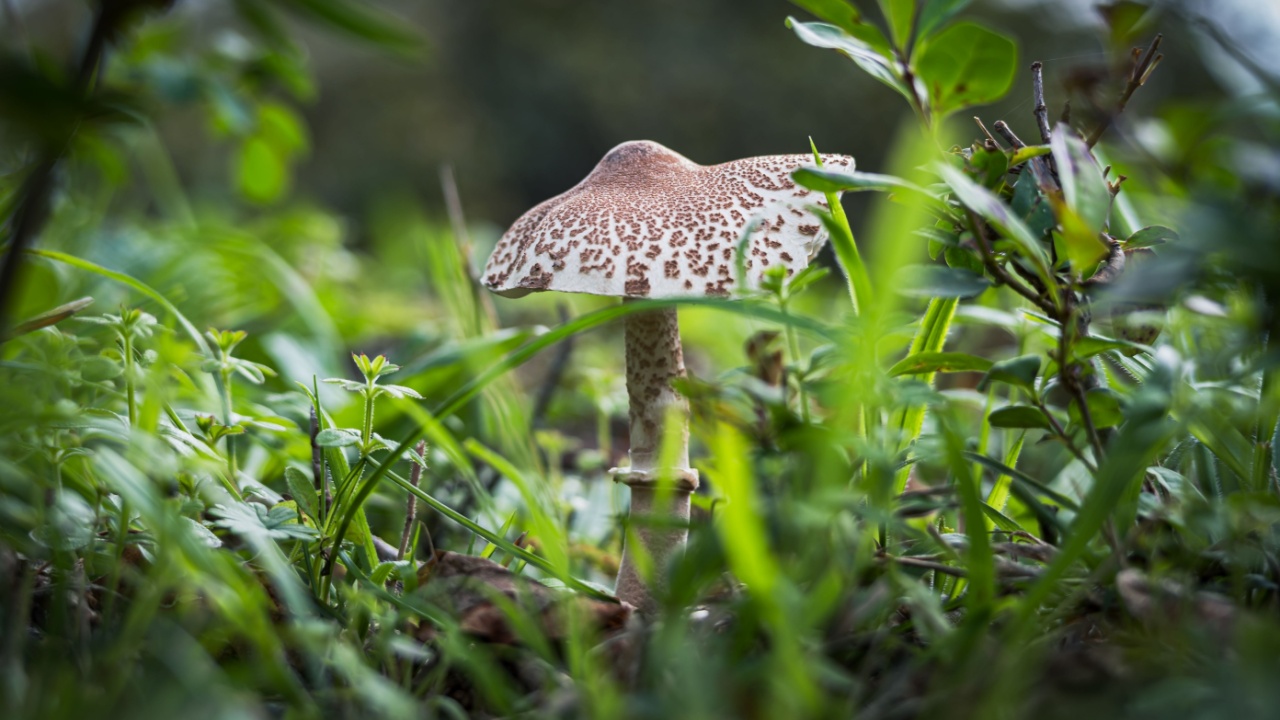
Lepiota brunneoincarnata, also known as the Deadly Dapperling, is found in grassy areas like fields, parks, and gardens. It is native to Europe and temperate regions of Asia.
This mushroom has a brown scaled cap up to 4 cm wide, with a pinkish brown stem and white gills. Although it may look similar to edible mushrooms, it is highly toxic.
Lepiota brunneoincarnata contains alpha-amanitin, a deadly toxin. Ingesting this mushroom can cause severe liver damage and can be fatal. There have been reported cases of fatal poisonings in several countries, including Spain and Tunisia.
11. Paxillus involutus (Brown Roll-Rim)
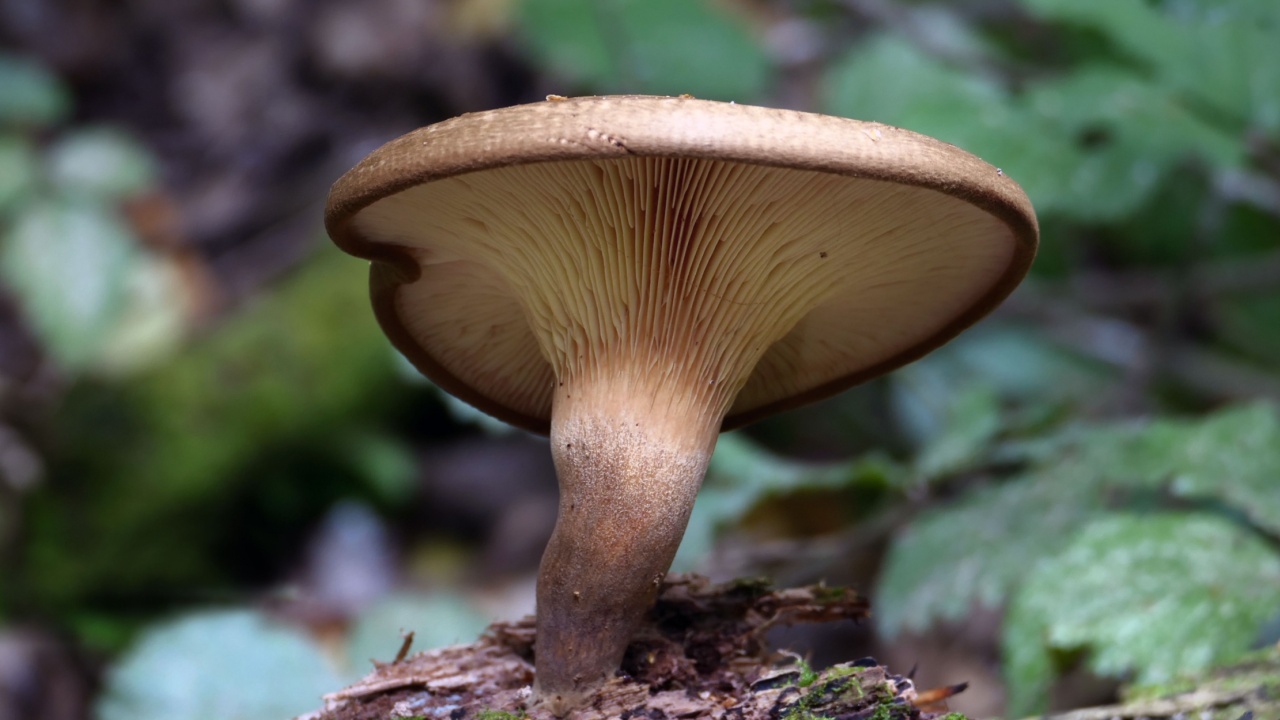
Paxillus involutus, known as the Brown Roll-Rim, is a toxic mushroom found across the Northern Hemisphere. You’ll find it in woods and forests, often growing near trees.
Its cap starts flat and becomes funnel-shaped as it ages. The cap is brown, feeling like suede when young, but turns smooth and sticky in wet weather.
The gills are pale brownish-yellow and bruise wine-red when handled. The short stalk is cream-colored and darker near the base. This mushroom is highly poisonous and should never be consumed.
12. Clitocybe rivulosa (Fool’s Funnel)
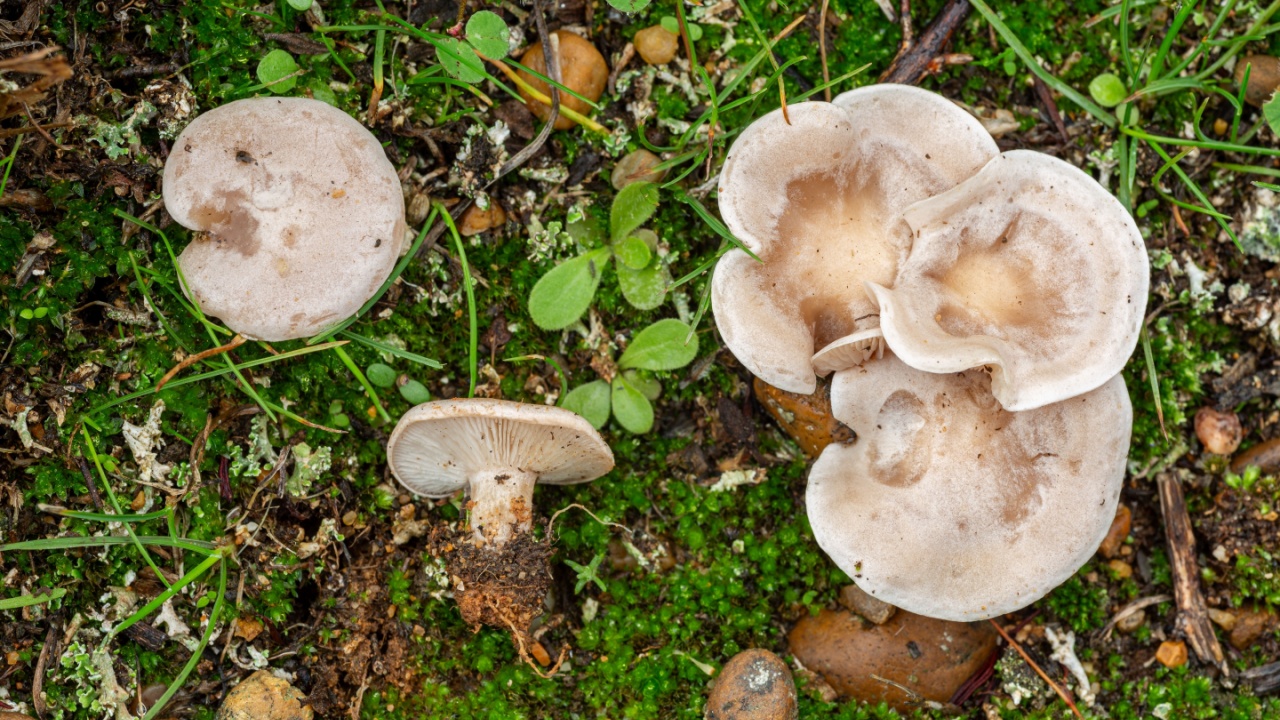
Clitocybe rivulosa, also known as Fool’s Funnel, is a small white mushroom that appears in grassy areas like lawns and parks. You should be cautious around it because it’s highly poisonous. Some common symptoms of poisoning include sweating, nausea, and vomiting.
Its cap is funnel-shaped and measures about 1 to 2.5 inches in diameter. This mushroom grows in groups, sometimes forming fairy rings. Avoid any mushrooms that look similar to this one.
Becky is a fervent wildlife enthusiast and pet care expert with a diploma in canine nutrition. Her love for animals stretches beyond the domestic, embracing the wild tapestry of global fauna. With over a decade of experience in animal welfare, Becky lends her expertise to OutlandishOwl through insightful articles, captivating wildlife information, and invaluable guidance on pet nutrition. Her work embodies a deep commitment to understanding the intricate lives of animals and a passion for educating others on sustaining natural habitats. Becky's hands-on conservation efforts and her knack for translating complex dietary science into practical pet feeding tips make her an indispensable voice for creatures great and small.

